Saint-Ségal has many unsuspected facets: country, river and heritage!
The town center is centered around the church of Saint-Séverin
and a long history, dating back to the Iron Age, has scattered heritage curiosities across this green, undulating countryside, not to mention a nugget:
the chapel of Saint-Sébastien, not far from the Aulne maritime.
A must-see for lovers of old stones!
Our little "cathedral
This little chapel has all the makings of a large one... so much so, in fact, that it's been dubbed our "little cathedral"! You'll discover it after a winding walk from the center of Saint-Ségal, nestled in a loop of the Aulne river. In summer, guides from the association S.P.R.E.V. (sauvegarde du patrimoine religieux en vie) open the doors and invite you to take part in a guided tour, deciphering the treasures of this charming edifice. You'll learn that the chapel was built in the 16th century during a plague epidemic. Its name, dedicated to Saint Sebastian, derives from this. As it happens, "protecting from the plague" was his "specialty"! The polychrome Breton Baroque altarpieces lining the chevet and transept are a sight to behold. What a talent of our Breton master sculptors! You won't regret your detour, and just a few steps away, you can reach the indolent banks of the Aulne maritime.
Did you know?
In terms of architectural features, this chapel is almost identical to the nearby Sainte-Marie-du-Menez-Hom! As for the partial elements of the mural painting, they are also similar to those of the Saint-Aubin chapel in Port-Launay. In the late 17th and early 18th centuries, the same sculpture workshops worked here as in Pleyben.
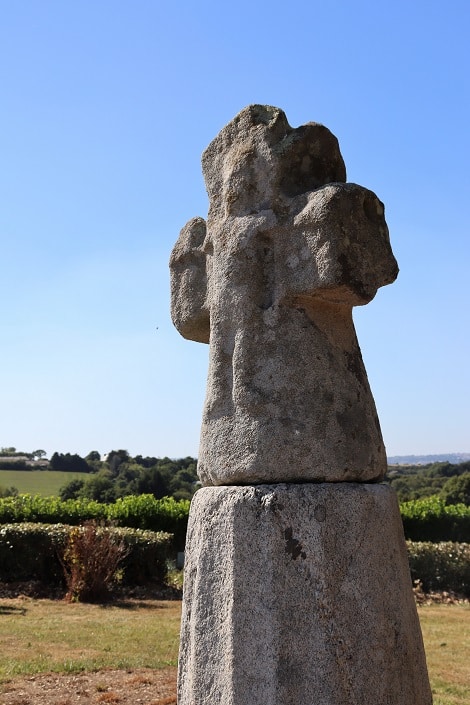
Ancient stele
What if we went back to the time of the Gauls?
Heading north-west, at a place called Croas Men, you can see an ancient cross from the road, now standing in a private owner's garden... It was a military milestone from Roman times, Christianized in the High Middle Ages! It gave its name to the nearby village, in Breton "Ar Groas Ven": the stone cross.
IN THE HEART OF THE VILLAGE
Saint-Séverin Church
In the heart of the village of Saint-Ségal, you'll be amazed by the sheer size of the parish church. By historical standards, it's quite recent! The original 16th-century edifice was completely rebuilt between 1895 and 1903 to plans drawn up by Armand Gassis, an architect from Châteaulin.
Here it all begins... the church was the rallying point ofa large, rural commune. Most of the population lived in the various hamlets (or villages). The lords who ruled the area were responsible for the presence of several chapels. A number of manor houses still bear witness to this. On walks and hikes, you'll come across some interesting examples of "small" heritage: washhouses, fountains, ovens, charming old farms...
We invite you to cross the road and linger over the details of the calvary cross. It was composed in the last century from older elements (below).

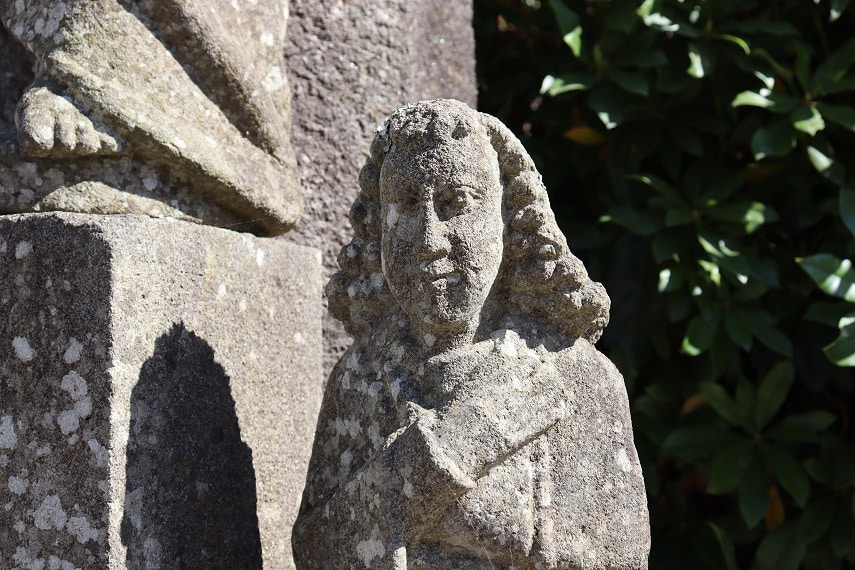

Did you know?
Until 1840, Saint-Ségal had its own port. Trade with the Brest harbor was long-standing and important. From time immemorial, the commune has benefited from its proximity to major communication routes, which in turn benefited its agriculture, which is now modern and export-oriented. Saint-Ségal has also had a railway station since 1897.
Photo credits: ©LLD MHA - ©CL MHA

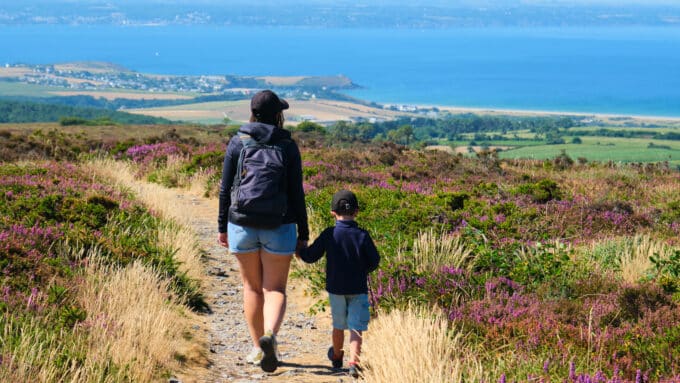


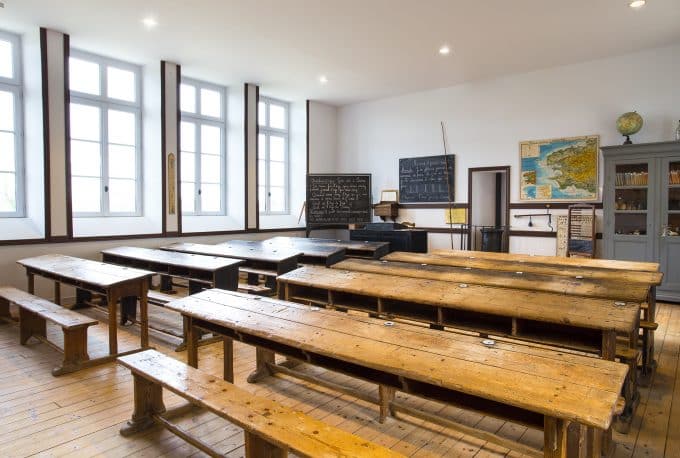

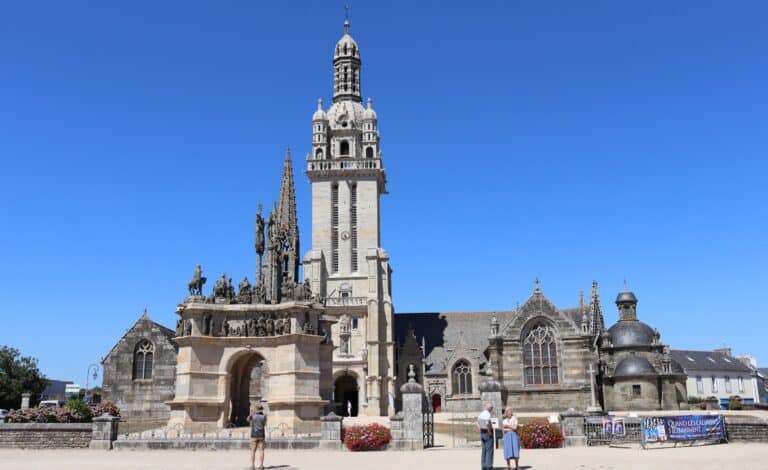
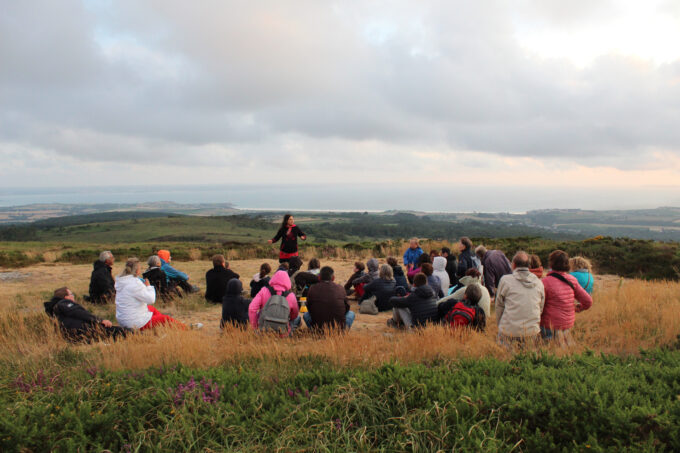



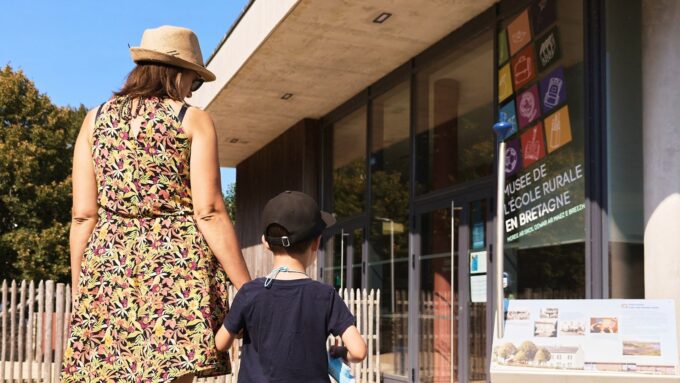
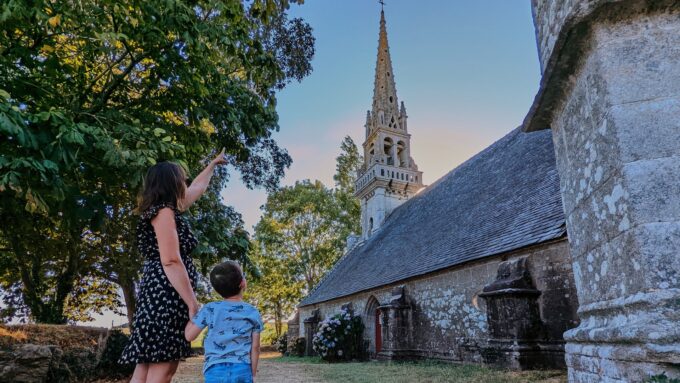


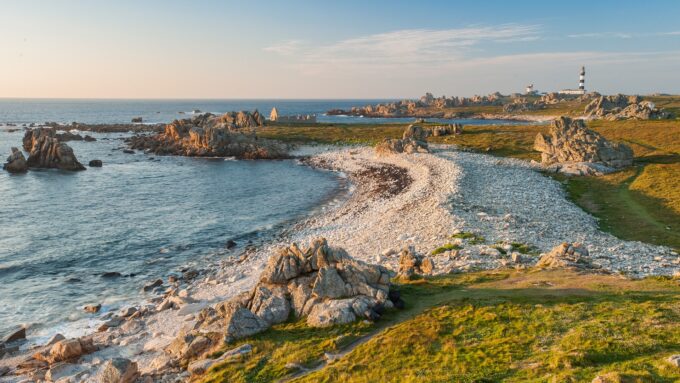


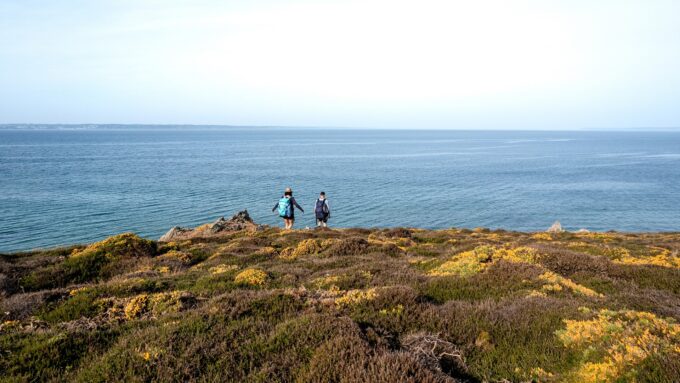

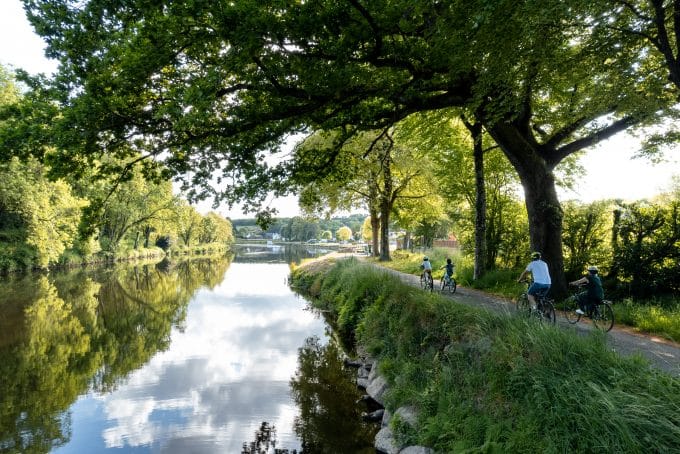



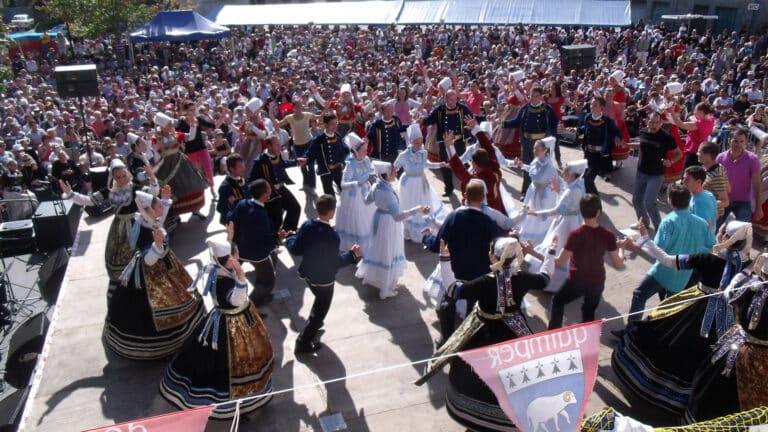
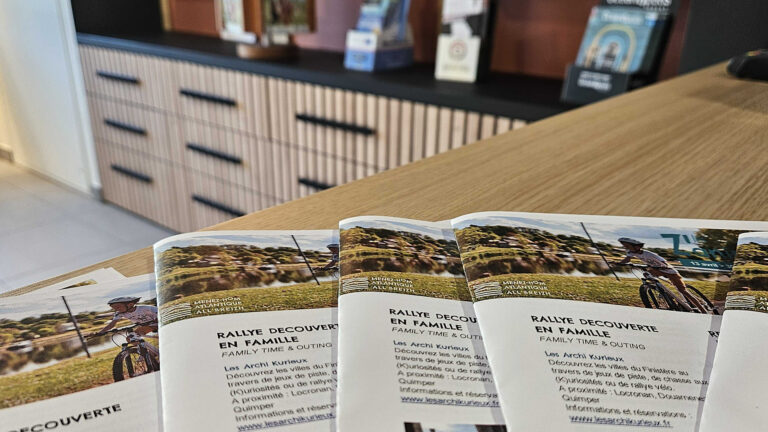
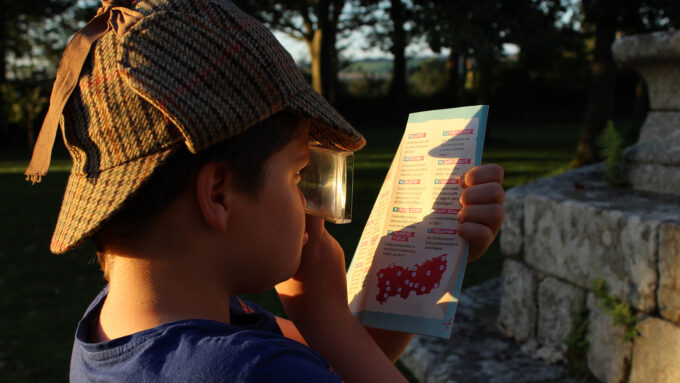
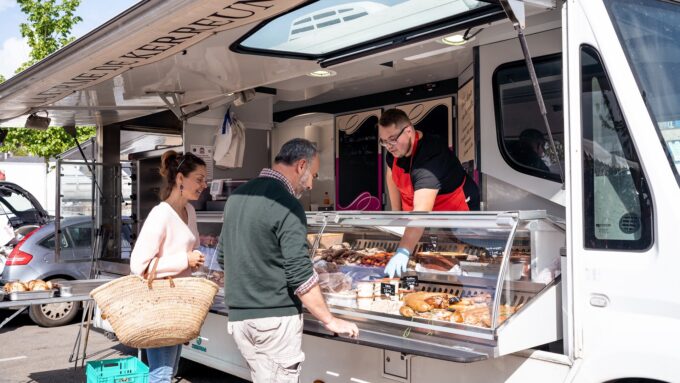

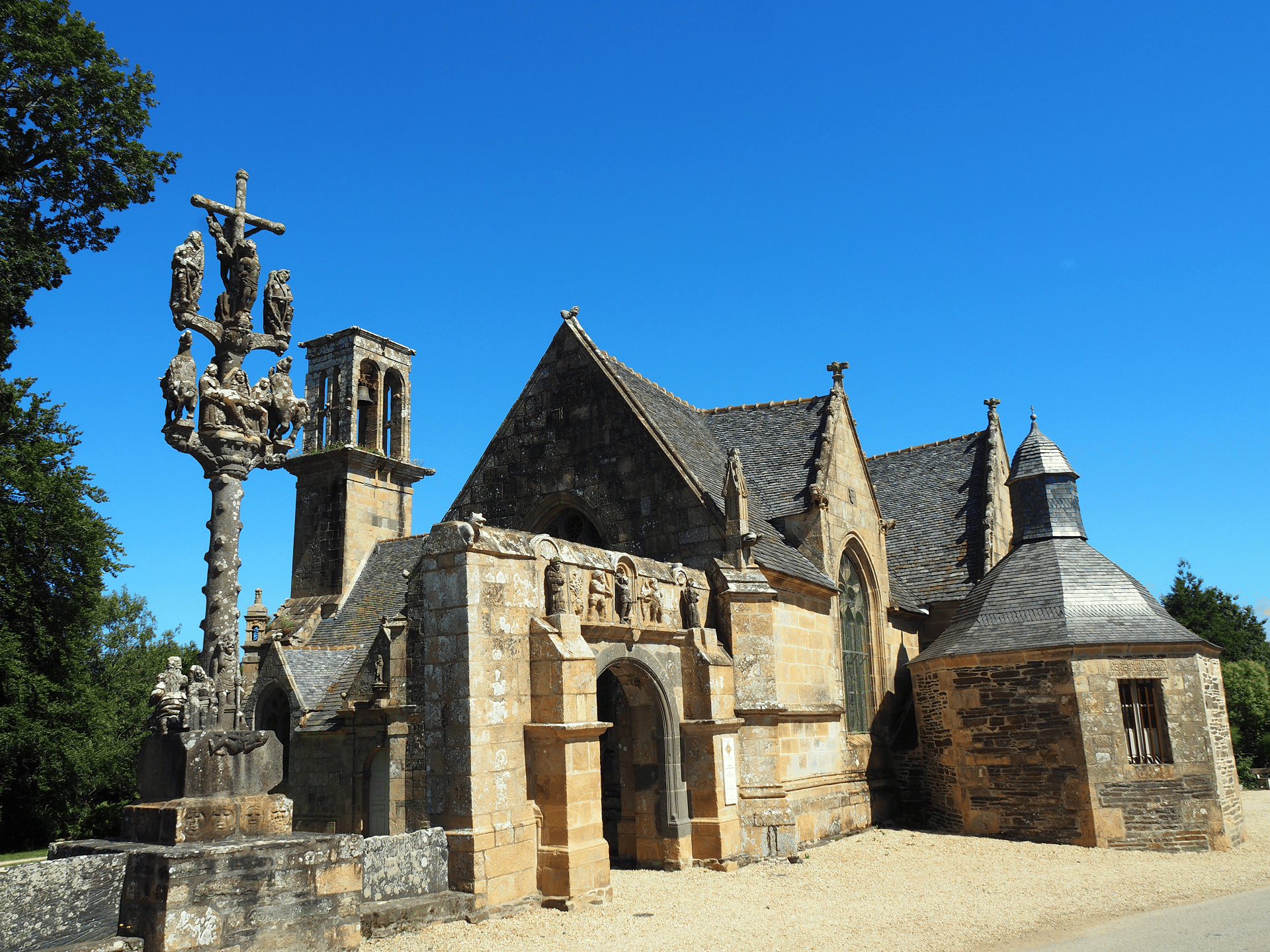
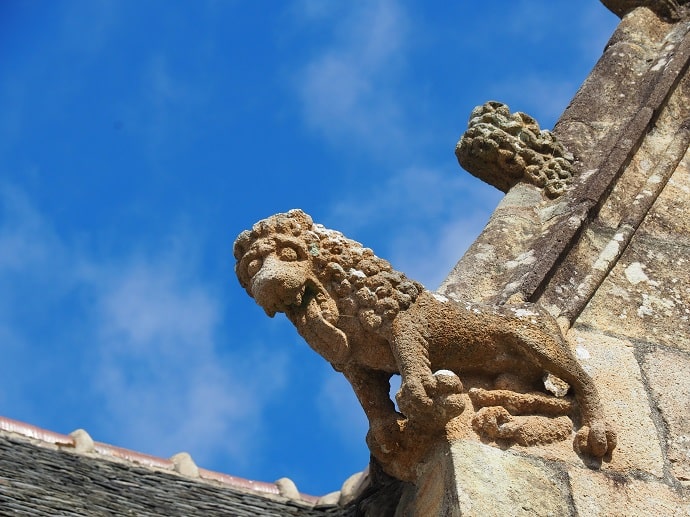
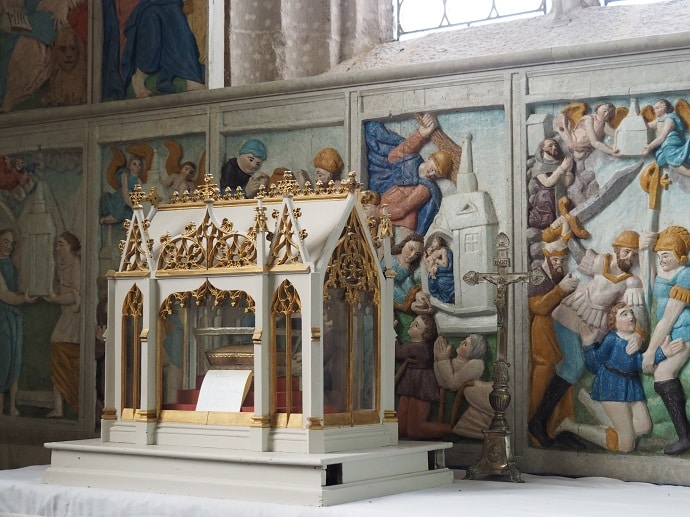
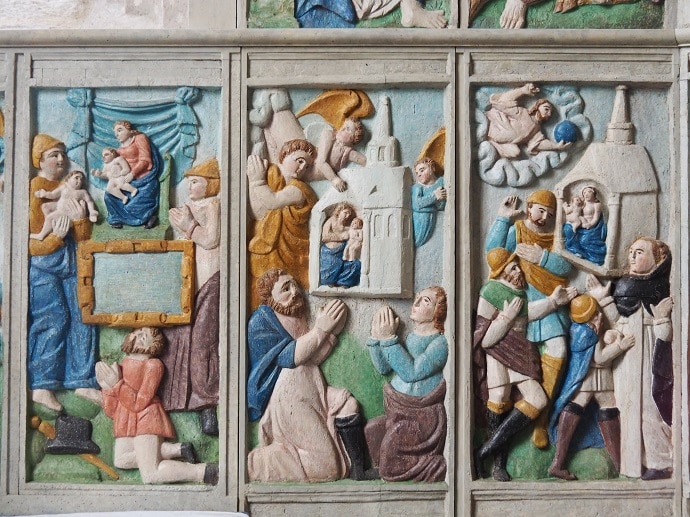
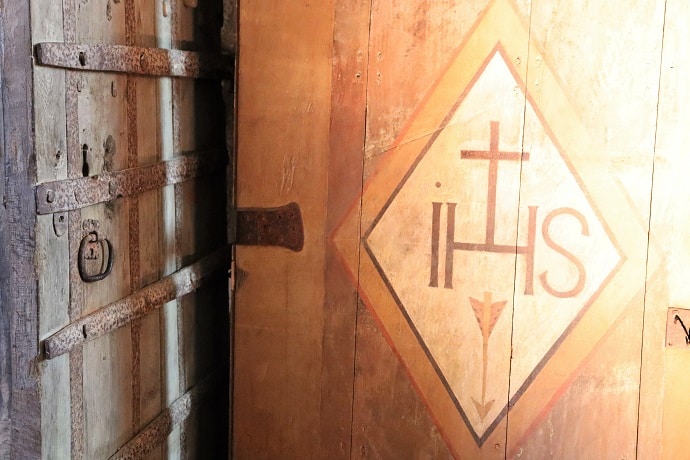

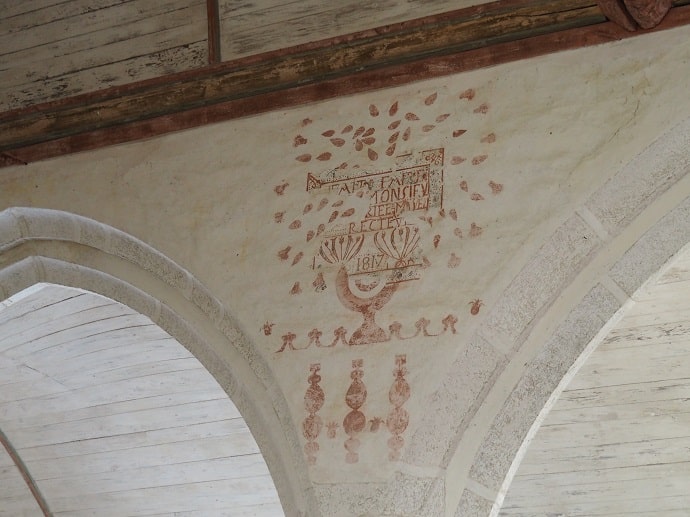

By car